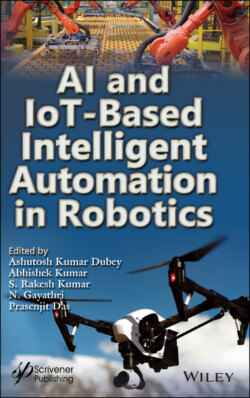Читать книгу AI and IoT-Based Intelligent Automation in Robotics - Группа авторов - Страница 45
3.3.2 United State of America
ОглавлениеThe United States government is providing billions of dollars to get ready for the following stage of warfare that it believes is going to be defined by advances in AI. Ideas like drone motherships releasing little baby drones from the air and the sea, infantrymen and women sporting exoskeletons and wearable electronics loaded up with combat apps, and lone mission commanders directing swarms of remote-controlled vessels to carryout operations are areas that are already being tested at MIT’s Computer Science and AI Laboratory [18]. On May 3, 2016, the US Administration announced that it will establish a new National Science and Technology Council (NSTC) Subcommittee on Artificial Intelligence and Machine Learning responsible for helping coordinate Federal activity on AI. This Subcommittee directed the Subcommittee on Networking and Information Technology Research and Development (NITRD) to create a National Artificial Intelligence Research and Development Strategic Plan. A NITRD Task Force on Artificial Intelligence was then formed which outlined the Federal strategic priorities for AI research and development, with explicit attention on areas of national security that industry is unlikely to handle [18].
The Defense Advanced Research Project Agency (DARPA) of the U.S. Department of Defense has been one of the largest sources of funding for AI research and development workover the last few decades, including funding for the virtual machine reality (VMR) system which aids intelligence analysts in searching, filtering, and exploring visual media through advanced computer vision and reasoning techniques.
Figure 3.3 Armed robots being developed for U.S. armed forces.
Figure 3.3 shows the humanoid robot Atlas and an autonomous dog. DARPA is strenuously working to complete these projects for its armed forces.
